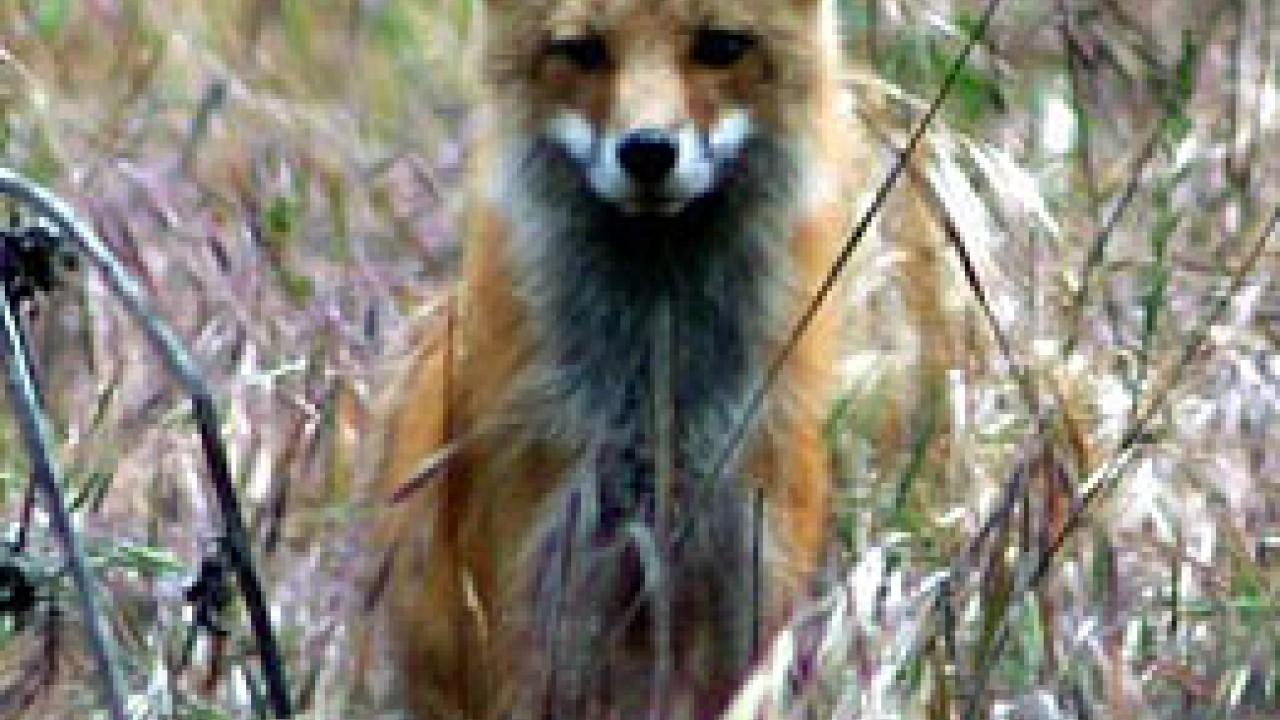Thanks to more than 250 people who reported native red fox sightings, UC Davis researchers studied 18 Central Valley dens last year, and have already begun studying 10 this year.
The researchers are asking again for reports of red foxes, living or dead, in the Sacramento Valley and in the high elevations of the Sierra Nevada and Cascades mountains.
Ben Sacks, an expert in canine genetics, said that contrary to onetime scientific opinion, red foxes living in the Sacramento Valley are not an artificially introduced species that threaten local ecosystems. Instead, they are natives, and close cousins to the native Sierra Nevada red fox.
(In other low-elevation parts of the state, such as the San Joaquin Valley and coastal areas, red foxes are indeed nonnative, invasive and threaten several sensitive bird species.)
Last year, Sacks and colleagues counted adults and pups at their dens and collected fecal samples for DNA analysis. The DNA provided genetic "fingerprints" for 97 individual foxes, he said. Genetic IDs are also being established for 12 road-killed foxes. This information will help researchers estimate the numbers of red foxes inhabiting the valley. DNA matches between samples also will help researchers understand how foxes use the areas where they live and help them determine the foxes' travel routes.
Sacks is an assistant adjunct professor in the Department of Population Health and Reproduction and the Veterinary Genetics Laboratory, both programs of the UC Davis School of Veterinary Medicine. He also is an assistant professor of biology at Sacramento State University. Sacks' collaborator is Heiko Wittmer, a UC Davis population ecologist and an assistant adjunct professor in the Department of Wildlife, Fish and Conservation Biology, in the College of Agricultural and Environmental Sciences.
Their study is funded with $312,000 from the California Department of Fish and Game.
Report fox sightings: http://foxsurvey.ucdavis.edu. Send fox photos: sacvalleyredfox@gmail.com.
Media Resources
Ben Sacks, School of Veterinary Medicine, (530) 754-9088, bnsacks@ucdavis.edu
